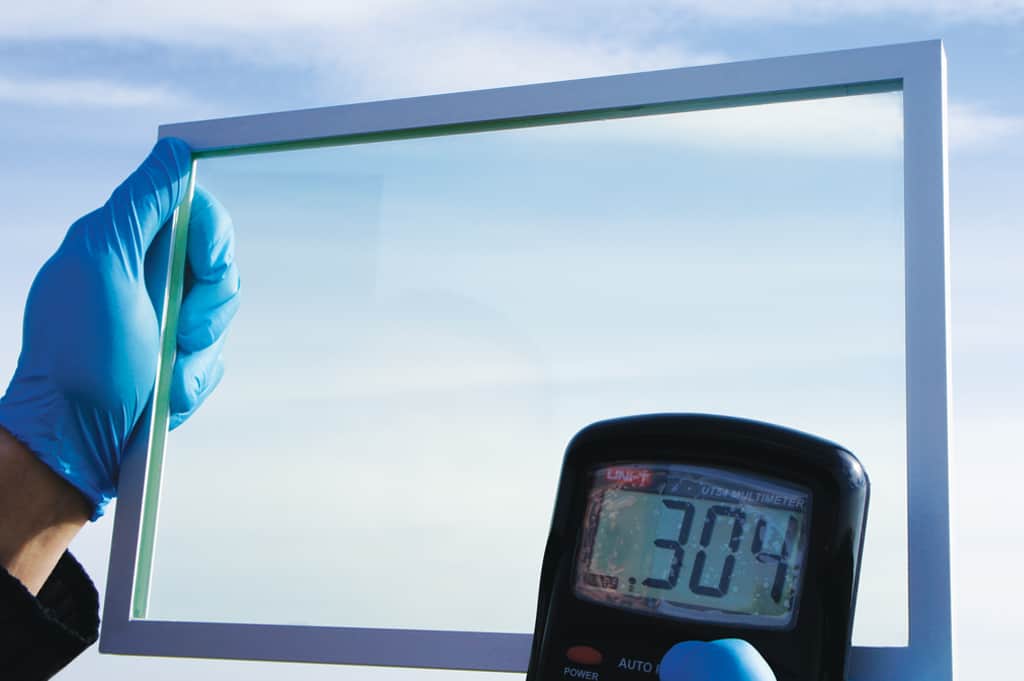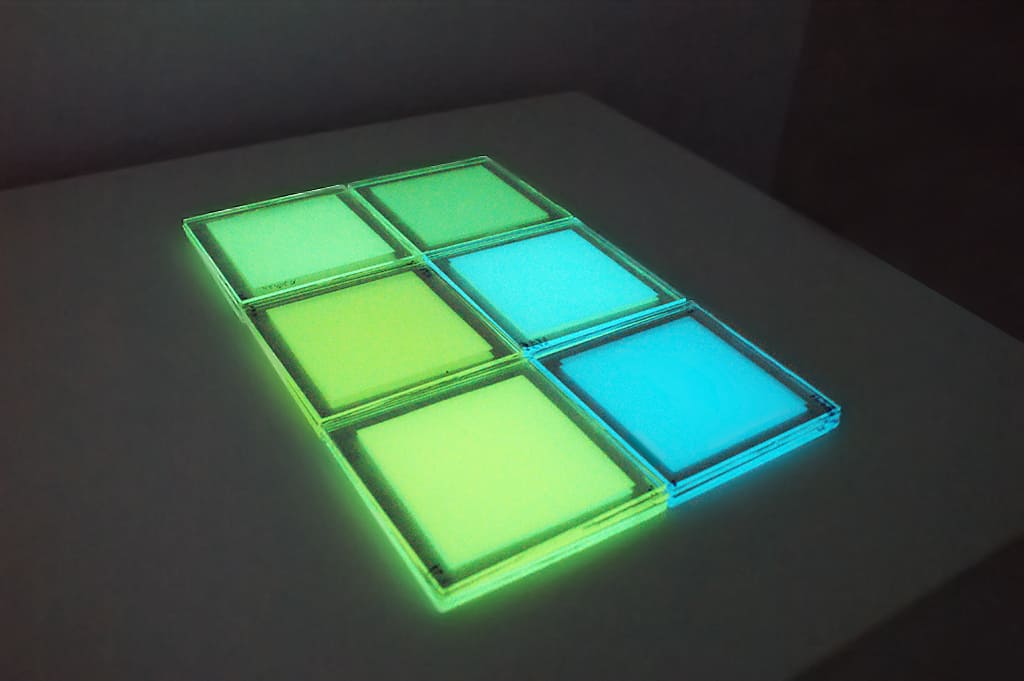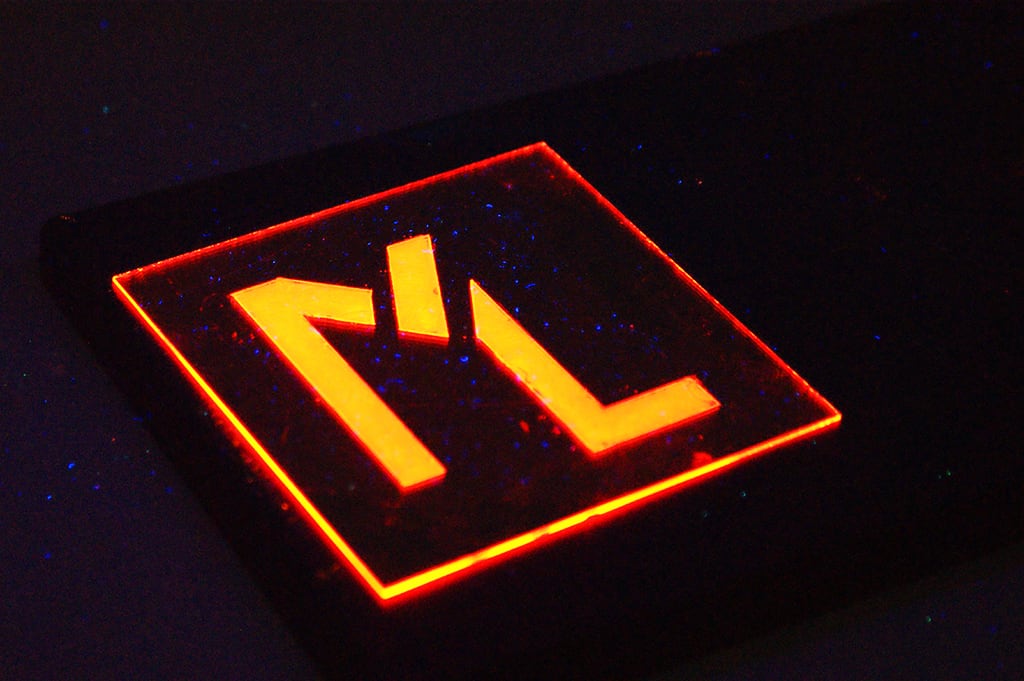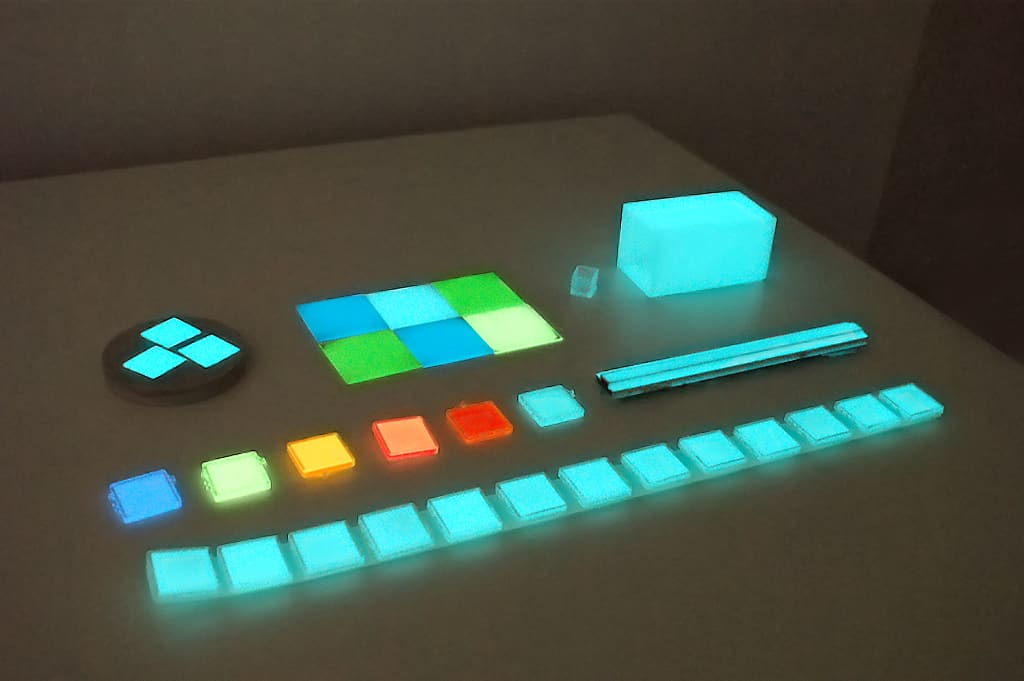
Golden Payer Certificate 2015
25 July 2016
I have a dream – Mikołaj
28 February 2018Let’s imagine, that in a couple of years our electricity bills will drop by half or even more, as we replace standard windows with nanoPV ones. What is a nanoPV window? At the very first sight, it will not be any different that a standard window. Transparent, ensuring thermal isolation and safety usage. However, it will be much more than just a window, becoming our private electric plant. NanoPV windows will charge our phones, laptops, fridges… Actually it is not a far distant future, it is near future reality!
Demand for electricity is constantly increasing. In our day-to-day lives we rely much more on the equipment which requires connection to the grid. Fortunately, science and technology are helping us to face the reality. Electricity can be produced in every single spot exposed to the light. The perspective of transparent photovoltaic cells has been known since many years. Its successful commercialization would definitely change the approach towards the renewables energy sector. Dark photovoltaic cells, used until now for the production of photovoltaic modules, cannot be treated as a direct substitute of the standard glass. That is the reason why there were mainly installed on the rooftops or outside of the building envelope. However, the recent outcomes of technology and nanometric science provide wider scope of possibilities. Finally, it is possible to use the window surfaces and any other glass elements on the building. Innovative material – quantum dots is already replacing standard components in other fields of the science, such as electronics, medicine or biotechnology. Its existence in photovoltaic sector is therefore reasonable, especially taking into account unique properties.
Quantum dots – future of photovoltaics
What is actually hidden behind the mysterious term of quantum dots? They are small semiconductors, with the size from few to several dozens of nanometers (1 nanometer = 0,000 000 001 m), able to absorb and release electromagnetic radiation (light). Semiconductors are present everywhere in the world of electronics: transistors, processors, integrated circuits. Our technology requires the use of semiconductors, whereas quantum dots are the most innovative and extraordinary semiconductor. One of its major advantages is the small size, even for the optical microscope. Moreover, their size and shape can be easily manipulated, depending on our needs. They can work as filters, cutting out the UV radiation or IR. Quantum dots can illuminate in various colours, with the intensity surpassing any other technology. They are potentially the best material for quantum computer creation, and are used in medicine and biology for the purpose of illustration and transportation of pharmaceuticals. Currently, they are becoming significant part of photovoltaic industry as well.
What about other materials?
Comparing to the most common semiconductor in photovoltaics – silicon, quantum dots have much wider absorption features. They do not loose the efficiency over time and are resistant to weather conditions. Above all, quantum dots can be fully transparent. Recently, some other material – perovskites, received quite a lot of attention as a future development of photovoltaics, however quantum dots have quite a few advantages over perovskites. Both – quantum dots ad perovskites can be easily placed on the surfaces and have comparable costs of production. However, quantum dots are more reliable, meaning that they do not degrade over time, and can be fully transparent, having a different colour (which is not possible in case of perovskites). Moreover, quantum dots can give light. It is worth mentioning, that technologies related to nanomaterials are developing quite fast and its new features and practical characteristic are being discovered all the time.
No disadvantages at all?
Features listed above as advantages of quantum dots can be simultaneously their disadvantages – that is to say, nanometric size. While working with quantum dots the use of advanced equipment (such as electron microscopy) is required, however due to the recent advancement in technology, nanometric size is no longer an obstacle while developing quantum dots. Technological development helps us to use new materials and applications in day-to-day lives, and we can expect, that nanomaterials such as quantum dots will replace current materials used nowadays.
Quantum dots – not only electricity
Transparent photovoltaic glass will not only provide electricity, but will be able to illuminate – providing the light in various colours. Thanks to the quantum dots technology, it will be possible to eliminate the UV radiation and reduce of IR radiation. Since quantum dots have small sizes, it will not change the weight of the glass itself, hence there is no need for modification of existing constructions.
Technology for the future
Technologies based on the nanometric materials are developing quite fasts, and one can expect that in the nearest future nanomaterials will be part of nearly every single area of our lives. Adapting any surface to the photovoltaic cells (though quantum dots) will be possible. Due to its internal features, they work as a p-n junction and only collecting electrode is missing to complete the desirable process. Imagine your telephone, in which the bottom part will be covered with quantum dots (below the glass), which will trigger charging of the telephone. And this is only one of the examples illustrating wide range of solutions with the use of quantum dots.











